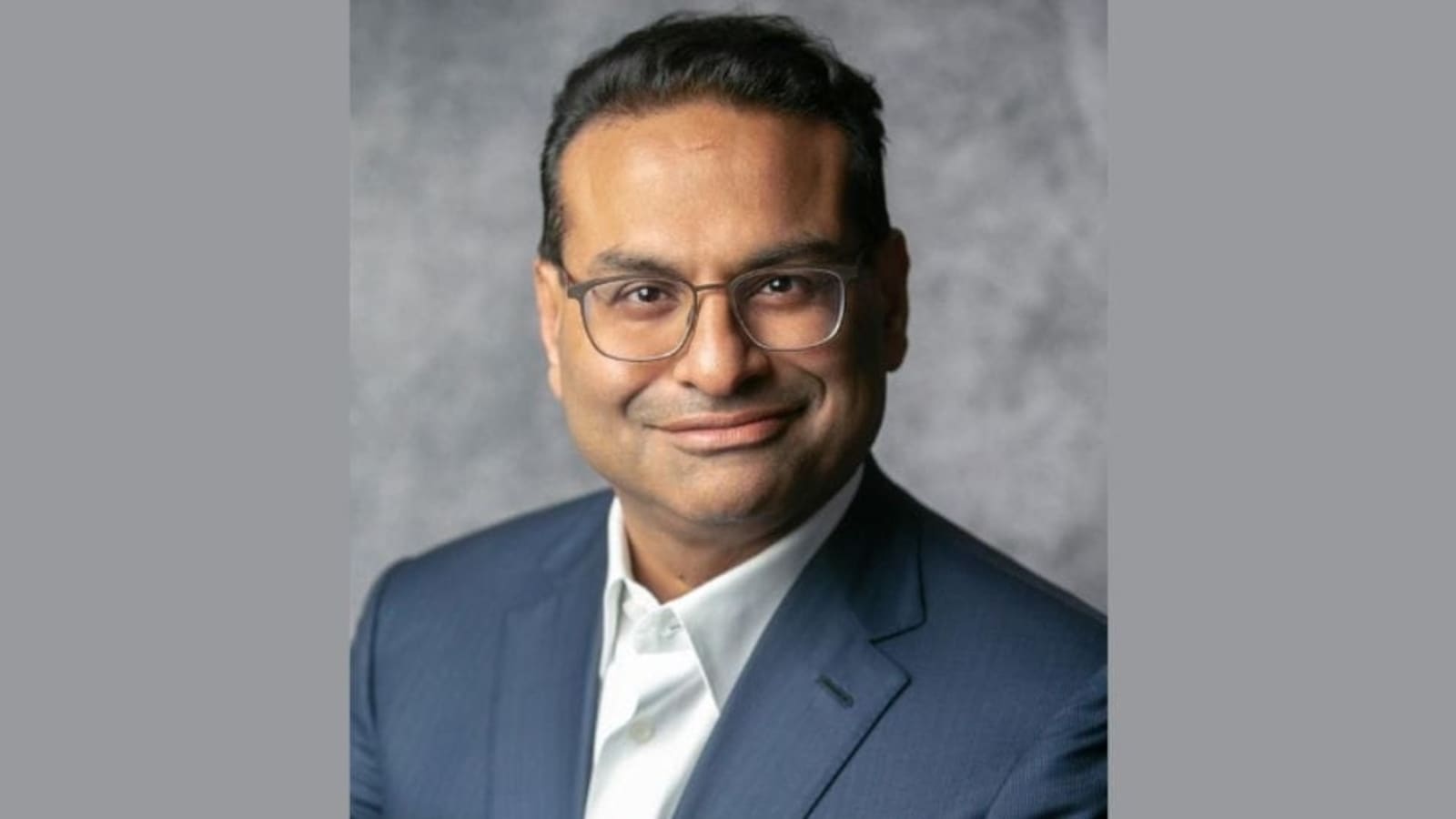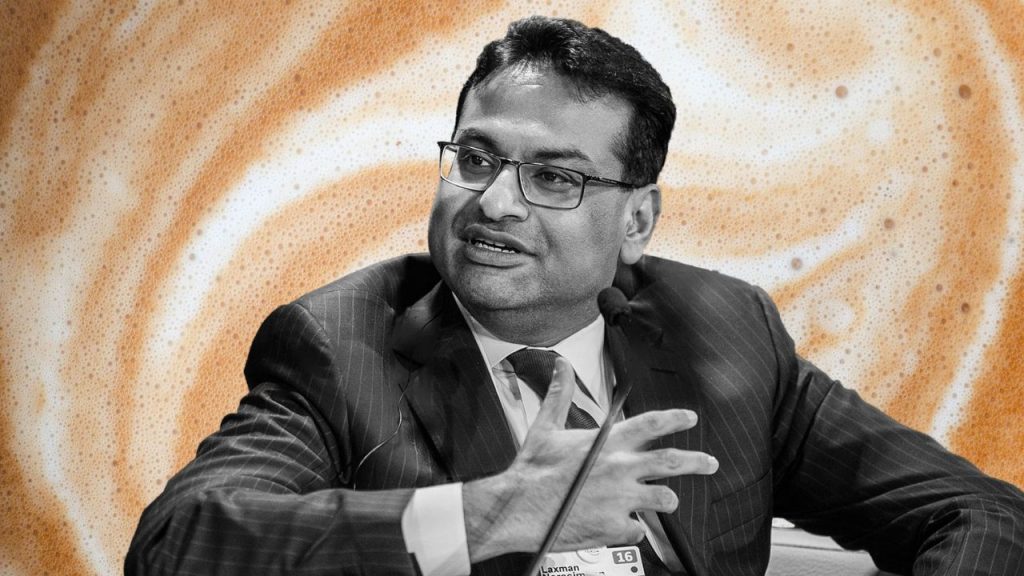Laxman Narasimhan’s Career Journey

Laxman Narasimhan’s career path has been marked by a consistent upward trajectory, characterized by his strategic acumen and leadership skills, honed across diverse industries. He has held key positions in global giants like PepsiCo, Reckitt Benckiser, and Starbucks, demonstrating his ability to navigate complex business environments and drive growth.
PepsiCo, Laxman narasimhan
Narasimhan’s journey began at PepsiCo, where he gained valuable experience in the fast-moving consumer goods (FMCG) sector. He served as the Global Chief Commercial Officer, responsible for driving sales and marketing strategies across the company’s diverse portfolio of brands. His contributions were instrumental in expanding PepsiCo’s global footprint and solidifying its position as a leading player in the FMCG industry. During his tenure, Narasimhan implemented several key initiatives, including:
- Developing and executing global marketing campaigns that resonated with diverse consumer segments.
- Optimizing supply chains and distribution networks to enhance efficiency and reach.
- Spearheading strategic partnerships with retailers and distributors to expand market access.
These initiatives led to significant revenue growth and market share gains for PepsiCo, demonstrating Narasimhan’s ability to effectively manage large-scale operations and deliver tangible results.
Reckitt Benckiser
Narasimhan’s experience at PepsiCo paved the way for his transition to Reckitt Benckiser, a global consumer goods company known for its iconic brands like Dettol, Durex, and Lysol. As the Chief Executive Officer of Reckitt Benckiser, he led the company through a period of significant transformation, focusing on streamlining operations, optimizing portfolio allocation, and driving innovation. His strategic decisions resulted in:
- Streamlining the company’s portfolio of brands, divesting non-core assets and focusing on key growth areas.
- Investing in research and development to introduce new products and enhance existing offerings.
- Embracing digital technologies to improve customer engagement and optimize operations.
These initiatives contributed to a significant increase in Reckitt Benckiser’s market value, showcasing Narasimhan’s expertise in driving growth and adapting to changing market dynamics.
Starbucks
Narasimhan’s transition from the consumer goods industry to the coffee sector marked a significant shift in his career trajectory. He joined Starbucks in 2021 as the Chief Operating Officer, bringing with him a wealth of experience in brand management, global expansion, and digital transformation. His leadership style, characterized by a focus on data-driven decision-making, customer-centricity, and a collaborative approach, proved to be instrumental in navigating the challenges facing Starbucks at the time. He played a crucial role in:
- Developing and implementing a comprehensive strategy to enhance customer experience, including optimizing store operations, streamlining digital ordering, and enhancing loyalty programs.
- Driving innovation in product development and menu offerings, catering to evolving consumer preferences.
- Expanding Starbucks’ global presence, particularly in emerging markets with high growth potential.
His contributions to Starbucks’ growth and success demonstrate his ability to adapt to new industries and leverage his diverse experiences to drive positive change.
Starbucks Under Laxman Narasimhan’s Leadership

Laxman Narasimhan took over as CEO of Starbucks in April 2023, inheriting a company facing a multitude of challenges. His arrival marked a new chapter for the coffee giant, with Narasimhan bringing a wealth of experience in consumer goods and a keen focus on innovation and operational efficiency.
Challenges Faced by Starbucks
Before Narasimhan’s appointment, Starbucks was grappling with several significant challenges that were impacting its performance and customer perception. These challenges included:
- Declining customer satisfaction: A growing number of customers were expressing dissatisfaction with Starbucks’ products and services, citing issues like inconsistent quality, long wait times, and a perceived decline in the overall customer experience. This was reflected in declining customer satisfaction scores and negative online reviews.
- Intensifying competition: The coffee market was becoming increasingly competitive, with new entrants and established players vying for market share. Starbucks faced pressure from both specialty coffee shops and fast-food chains offering coffee as part of their menu. This competitive landscape demanded innovation and differentiation to maintain market leadership.
- Operational inefficiencies: Starbucks was facing operational challenges, including inconsistent store performance, high employee turnover, and supply chain issues. These inefficiencies were contributing to higher costs, reduced productivity, and a decline in overall operational efficiency.
Narasimhan’s Initial Strategies
Narasimhan recognized the need for a comprehensive approach to address these challenges. His initial strategies focused on three key areas:
- Customer experience: Narasimhan prioritized enhancing the customer experience by focusing on personalized service, product quality, and store ambiance. He implemented initiatives like streamlining the ordering process, introducing new beverage options, and improving the overall in-store experience.
- Innovation: Narasimhan recognized the importance of innovation to maintain a competitive edge. He focused on introducing new products, expanding into new markets, and exploring digital channels to enhance customer engagement.
- Operational improvements: Narasimhan addressed operational inefficiencies by streamlining processes, investing in technology, and improving employee training. He aimed to enhance productivity, reduce costs, and improve overall operational efficiency.
Impact of Narasimhan’s Leadership
Narasimhan’s leadership has had a significant impact on Starbucks’ financial performance, brand image, and employee morale.
- Financial performance: Starbucks has seen a positive impact on its financial performance under Narasimhan’s leadership. The company has reported strong revenue growth and improved profitability, demonstrating the effectiveness of his strategies.
- Brand image: Narasimhan’s focus on customer experience and innovation has helped to improve Starbucks’ brand image. The company has been recognized for its commitment to sustainability and its efforts to enhance customer satisfaction.
- Employee morale: Narasimhan has placed a strong emphasis on employee engagement and empowerment. He has implemented initiatives to improve employee training, enhance career development opportunities, and create a more positive work environment. These efforts have contributed to improved employee morale and reduced turnover.
Narasimhan’s Vision for Starbucks’ Future: Laxman Narasimhan
/shethepeople/media/media_files/R52oQKHWHlkwHmejoAEK.png)
Laxman Narasimhan’s vision for Starbucks’ future is ambitious and multifaceted, encompassing growth, innovation, and sustainability. He aims to solidify Starbucks’ position as a global leader in the coffee industry while simultaneously fostering a culture of innovation and environmental responsibility.
Starbucks’ Global Expansion
Narasimhan’s vision includes expanding Starbucks’ global presence, with a particular focus on entering new markets and adapting to local preferences. His strategy for global expansion involves a multi-pronged approach, incorporating cultural sensitivity, localized menu offerings, and strategic partnerships.
- Entering New Markets: Starbucks plans to enter new markets, particularly in Asia and Africa, where the coffee culture is growing rapidly. The company will focus on understanding local preferences and adapting its offerings to meet the unique needs of each market.
- Localized Menu Offerings: Starbucks recognizes the importance of tailoring its menu to local preferences. In China, for example, Starbucks offers a variety of tea-based beverages and local snacks. This approach ensures that Starbucks remains relevant and appealing to consumers in diverse markets.
- Strategic Partnerships: Narasimhan emphasizes the importance of strategic partnerships with local businesses to facilitate market entry and enhance brand awareness. These partnerships can provide access to local expertise, distribution channels, and customer insights, contributing to a smoother and more successful expansion.
Digital Transformation and Technological Advancements
Narasimhan envisions Starbucks as a digitally-driven company, leveraging technology to enhance the customer experience and streamline operations. His vision encompasses initiatives to improve online ordering, personalized recommendations, and mobile payment options.
- Enhanced Customer Experience: Starbucks plans to invest in digital technologies to improve the customer experience, such as mobile ordering and payment, personalized recommendations, and loyalty programs. These initiatives aim to provide customers with a seamless and convenient experience, regardless of their location.
- Streamlined Operations: Digital transformation will also help Starbucks streamline its operations, improving efficiency and reducing costs. For example, the company plans to implement data analytics to optimize inventory management, improve supply chain logistics, and enhance customer service.
Yo, ever heard of Laxman Narasimhan? He’s the new CEO of Starbucks, you know, the coffee joint. Before that, he was with PepsiCo, doing big things there. Wanna know more about his journey from PepsiCo to Starbucks? Check out this article: laxman narasimhan.
Pretty cool, right?
Laxman Narasimhan, the new CEO of Starbucks, is facing some big challenges. He needs to bring back the buzz and get customers excited about the brand again. Maybe he should take a cue from the starbucks chipotle fusion, which is creating a lot of hype.
If he can find a way to inject some of that creative energy into Starbucks, he might just be able to turn things around.